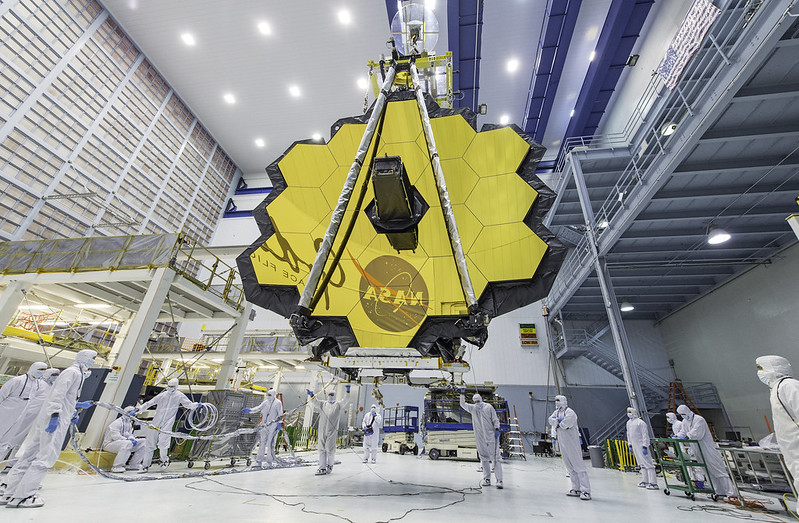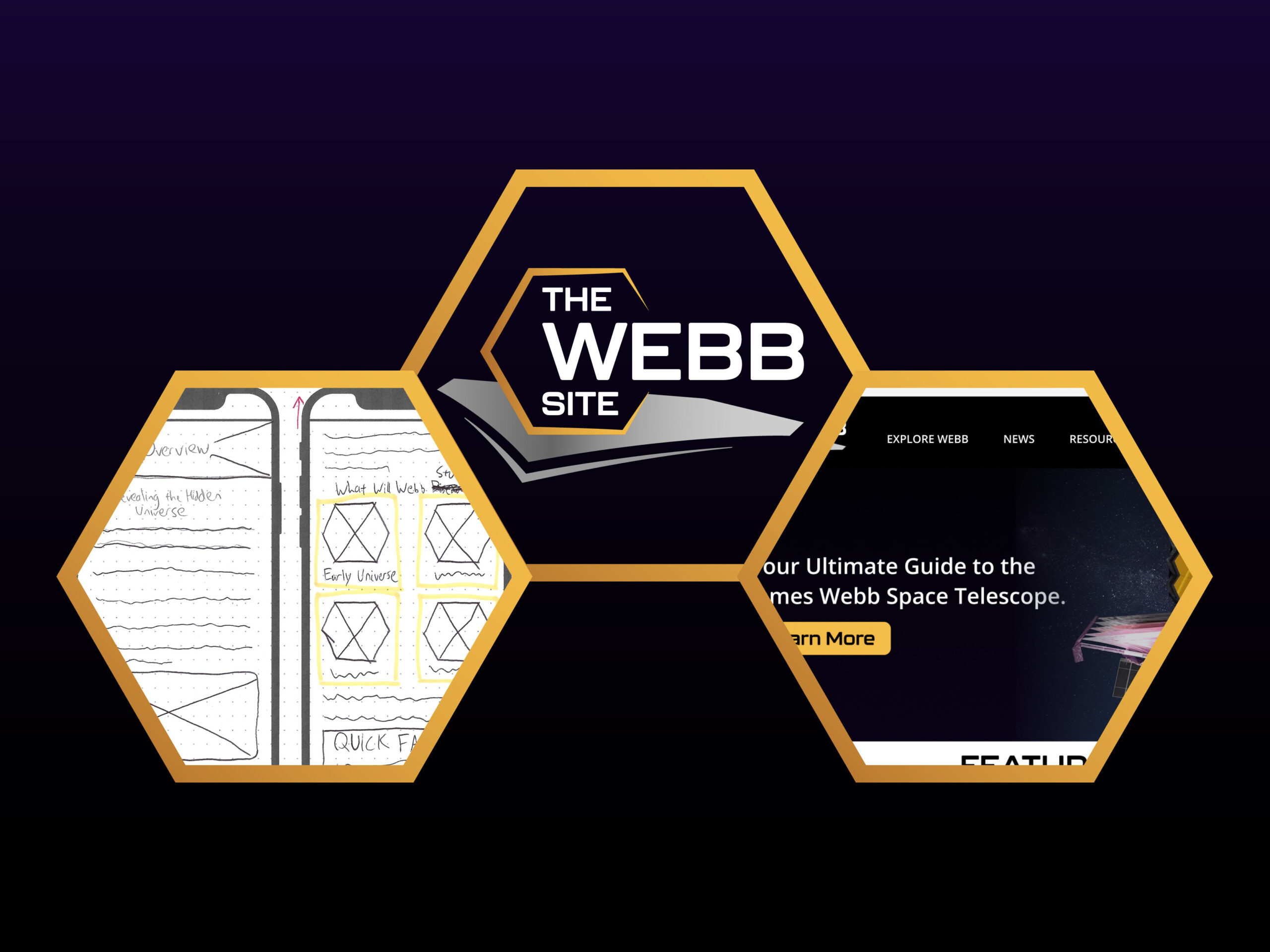
Upon first impression of reading some of the materials for my Content Creation course, I will admit that the idea of having to create an original, open-ended project for seven weeks made me feel overwhelmed. My ADHD certainly doesn’t help with this feeling, where task initiation, time management and resistance to perfectionism have always come as huge challenges to me.
Nonetheless, after reading the modules more throughly and reading some previous students’ work, I realized that I didn’t have to stress out about having everything fleshed out for my project right away. In fact, the materials for the larger creative project can be broken down into much smaller and much more manageable tasks—and that’s where creating the handy project proposal came into play. It played a significant role in helping me see the big picture and then break that big picture down into smaller ones.

Why Are Project Proposals Important?
As mentioned, my project proposal has helped me see my project as a puzzle that can be broken down into smaller pieces. But from a career-oriented standpoint, having a well-structured proposal for whichever client(s) you are hoping to work for will land a good impression on them. The proposal in this case serves as a written agreement which can clarify everyone’s needs.
What you put into your project proposal is entirely your choice and dependent on who your client is and what their needs are. But in general, these sections are good to have:
- The problem statement. Identify the problem that either your clients are facing or that you notice in a particular subject material.
- The proposed solution. Pitch how you are going to solve the problem. Outline what your goals are. Showcase how it will benefit the client or a greater cause.
- Your artifacts or deliverables. Break down your how-to into smaller phases.
It may also be necessary to include a price quote and a schedule if you are running on limited budget or time. But whatever you decide to include, be sure you are thorough and clear in all of your points.
How the Project Proposal Aided My Research

Once I knew that my project was going to be an information guide website for the James Webb Space Telescope (JWST), I realized that I definitely needed a plan for my research phase—and I can do just that in my project proposal under the ‘Artifacts’ section.
First of all, I needed to plan out what content I would need to research. Astronomy is an incredibly large and fascinating subject, making it easy to get lost in the research of topics. Therefore, to simplify I decided to limit my research to astronomy topics as they relate to the JWST, such as infrared technology, JWST updates, what we currently know about the universe versus what the JWST will find, and comparing and contrasting the JWST to the Hubble Telescope.
Next, I needed to plan my research of mediums; that is, what the best practices are for the tools and disciplines I will be using. This project will challenge my UX and UI design skills; therefore, I would need to find the best practices in UX and UI. Because I plan on using Figma for building the prototypes, I would need to find Figma tutorials and the best practices on that platform.
Additionally, I would need to study how NASA organizes their information regarding the JWST on their current sites because I will be trying to organize their information in a more simplified and elementary manner.
Based on these ideas, I can say that writing the project proposal helped me think all of these ideas through and neatly sort out my main research points. Otherwise, I would have jumped right into the research with little sense of direction, which would make feel even more overwhelmed.
Final Thoughts
I will admit that it was initially tedious laying out the framework for my project proposal. Aside from my natural perfectionist mindset, I needed to make sure it looked presentable and that I was displaying all of my points in a clear and detailed manner. This may seem like unnecessary busywork to some, but the reality is that the project proposal really helped me lay out the foundation for my project, especially my research phase. Most importantly, it should help clarify my plans with my client (my professor). Therefore, I believe that the project proposal would benefit everyone in their creative endeavors.
You can read about my JWST information guide website project, called ‘The Webb Site,’ in more detail here.







